How To Store Dslr ?
To store a DSLR camera, it is recommended to keep it in a cool and dry place, away from direct sunlight and extreme temperatures. It is advisable to remove the battery before storing to prevent any potential damage from leakage. Additionally, it is recommended to store the camera in a protective case or bag to shield it from dust, moisture, and any potential physical damage.
1、 Camera Bag Options for DSLR Storage
Camera Bag Options for DSLR Storage
When it comes to storing your DSLR camera, it is important to choose a camera bag that provides adequate protection and organization for your equipment. There are several options available on the market, each with its own advantages and disadvantages. Here are some camera bag options to consider:
1. Backpacks: Camera backpacks are a popular choice among photographers as they offer ample storage space and are comfortable to carry. They usually have padded compartments to protect your DSLR and lenses, as well as additional pockets for accessories. Some backpacks even have dedicated laptop compartments, making them a great option for photographers on the go.
2. Shoulder Bags: Shoulder bags are a more compact option for DSLR storage. They typically have customizable dividers to accommodate different camera and lens sizes. Shoulder bags are convenient for quick access to your equipment, but they may not offer as much protection as backpacks.
3. Sling Bags: Sling bags are a hybrid between backpacks and shoulder bags. They feature a single strap that can be worn across the body, allowing for easy access to your camera without having to take the bag off. Sling bags are compact and lightweight, making them a good choice for photographers who want to travel light.
4. Hard Cases: If you need maximum protection for your DSLR, hard cases are the way to go. These cases are made of durable materials such as plastic or aluminum and have foam inserts that can be customized to fit your camera and accessories. Hard cases are ideal for photographers who frequently travel or work in extreme conditions.
In conclusion, choosing the right camera bag for DSLR storage depends on your specific needs and preferences. Consider factors such as protection, organization, comfort, and portability when making your decision. Additionally, it is always a good idea to read reviews and seek recommendations from fellow photographers to ensure you make an informed choice.
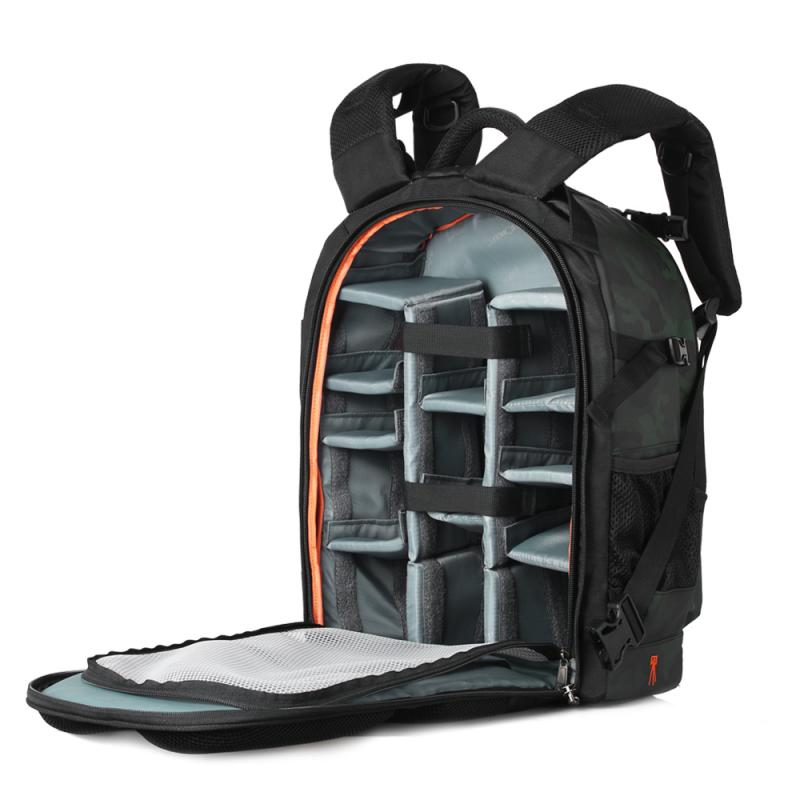
2、 Proper Lens and Battery Storage for DSLR Cameras
Proper storage of DSLR cameras, including lenses and batteries, is crucial to ensure their longevity and optimal performance. Here are some guidelines to follow:
1. Clean and protect your equipment: Before storing your DSLR camera, make sure to clean it thoroughly. Use a soft, lint-free cloth to wipe away any dust or smudges on the body and lens. Additionally, consider investing in a camera bag or case that provides adequate padding and protection against moisture, dust, and impact.
2. Remove the battery: It is recommended to remove the battery from your DSLR camera before storing it for an extended period. This helps prevent battery drain and potential damage due to leakage. Store the battery separately in a cool, dry place.
3. Store in a controlled environment: DSLR cameras are sensitive to extreme temperatures and humidity. It is best to store them in a cool, dry place with a stable temperature. Avoid areas prone to moisture, such as basements or attics, as it can lead to mold growth or corrosion.
4. Use silica gel packets: To further protect your DSLR camera and lenses from moisture, consider placing silica gel packets in your storage container or camera bag. These packets help absorb excess moisture and maintain a dry environment.
5. Store lenses properly: When storing lenses, ensure they are clean and free from dust. Use lens caps and rear lens caps to protect the front and rear elements. Store lenses upright or horizontally in a lens case or padded dividers within a camera bag to prevent any potential damage.
6. Regularly check and maintain: Even when in storage, it is important to periodically check your DSLR camera and lenses. Inspect for any signs of damage, mold, or dust accumulation. If necessary, clean them using appropriate cleaning tools and techniques.
It is worth noting that technology and best practices may evolve over time. Therefore, it is always recommended to consult the manufacturer's guidelines and stay updated with the latest recommendations for storing your specific DSLR camera model.
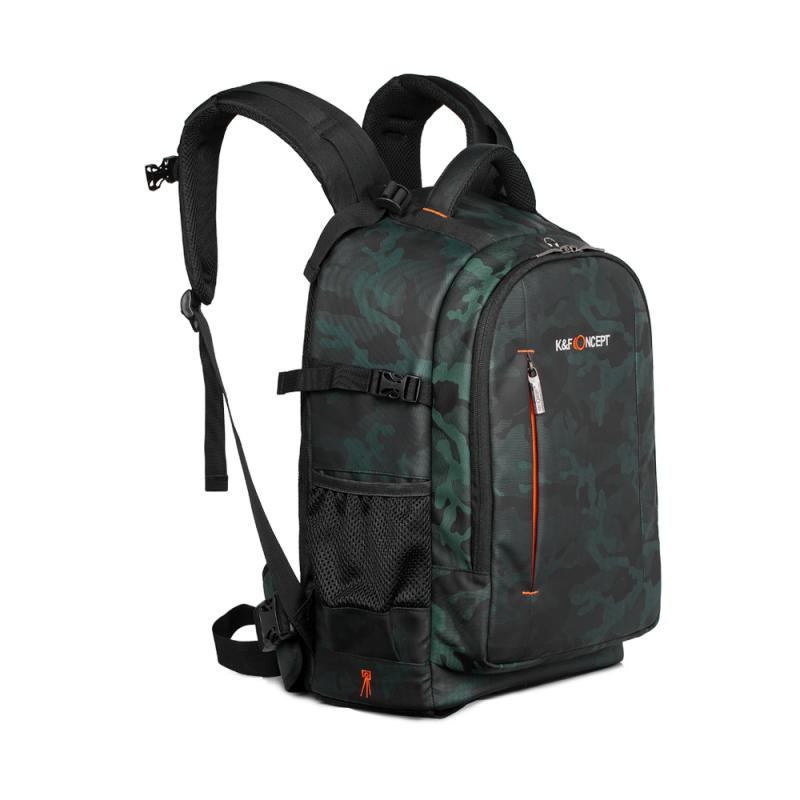
3、 Storing DSLR Cameras in Humidity-Controlled Environments
Storing DSLR cameras in humidity-controlled environments is crucial for maintaining their optimal performance and longevity. High humidity levels can lead to moisture buildup, which can damage the internal components of the camera and lens. To ensure the safety of your DSLR, here are some steps to follow when storing it in a humidity-controlled environment:
1. Clean and dry: Before storing your DSLR, make sure it is clean and dry. Use a soft cloth to remove any dust or dirt from the camera body and lens. Moisture can attract and hold onto particles, potentially causing damage over time.
2. Remove batteries and memory cards: Take out the batteries and memory cards from your DSLR before storing it. This will prevent any potential leakage or corrosion that can occur in high humidity conditions.
3. Use airtight containers: Place your DSLR in an airtight container or a camera bag with moisture-absorbing packets. These packets, often containing silica gel, help to absorb excess moisture and maintain a dry environment around the camera.
4. Store in a cool, dry place: Find a cool and dry location to store your DSLR. Avoid areas with direct sunlight or extreme temperature fluctuations, as these can also affect the camera's performance.
5. Regularly check and maintain: Even in a humidity-controlled environment, it is essential to periodically check your DSLR for any signs of moisture or damage. Inspect the camera body, lens, and storage containers for any condensation or mold growth.
It is worth noting that some DSLR cameras come with weather-sealing features, which provide additional protection against moisture. However, it is still recommended to store them in humidity-controlled environments to ensure their longevity.
In recent years, advancements in technology have led to the development of more compact and portable dehumidifiers specifically designed for camera storage. These dehumidifiers help maintain a stable humidity level, further safeguarding your DSLR from moisture-related issues.
By following these steps and utilizing humidity-controlled environments, you can ensure that your DSLR camera remains in optimal condition, ready for your next photography adventure.
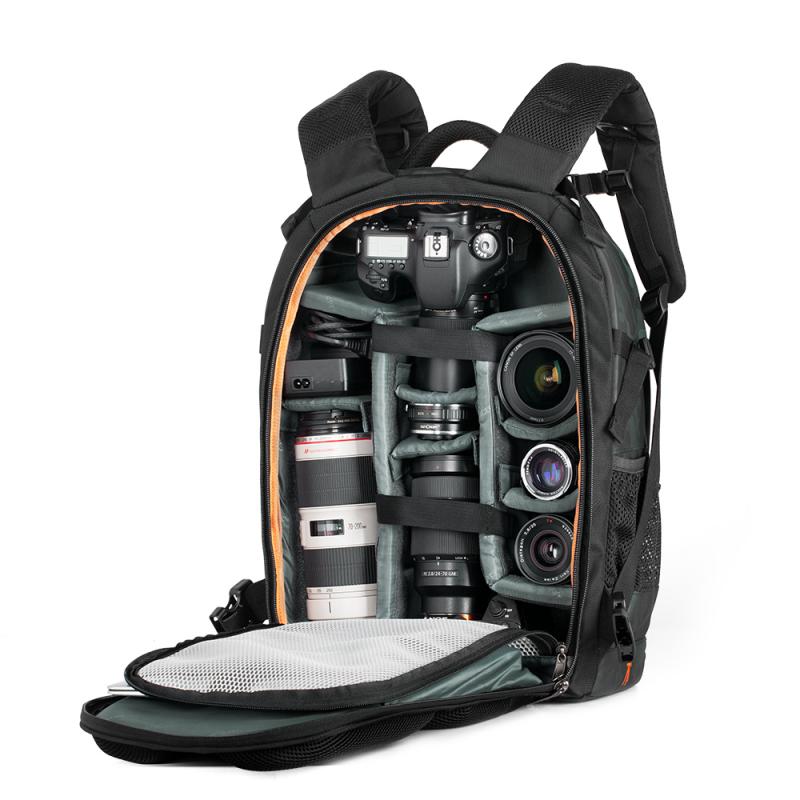
4、 Best Practices for Long-Term DSLR Storage
Best Practices for Long-Term DSLR Storage
Properly storing your DSLR camera when it's not in use is crucial to ensure its longevity and performance. Here are some best practices for long-term DSLR storage:
1. Clean and prepare your camera: Before storing your DSLR, clean it thoroughly to remove any dust, dirt, or fingerprints. Use a soft, lint-free cloth and a cleaning solution specifically designed for camera equipment. Ensure that the camera is completely dry before storing it.
2. Remove the battery: It is recommended to remove the battery from your DSLR before storing it for an extended period. This helps prevent battery leakage, which can damage the camera. Store the battery separately in a cool, dry place.
3. Protect the lens: Always keep a lens cap on your DSLR lens when not in use. Additionally, consider using a lens pouch or case to provide extra protection against scratches and dust.
4. Store in a dry and cool environment: Moisture and extreme temperatures can damage your DSLR. Store it in a dry and cool place, away from direct sunlight and humidity. Consider using a camera bag or case with moisture-absorbing silica gel packets to maintain optimal conditions.
5. Avoid storing in airtight containers: While it may seem logical to store your DSLR in an airtight container to protect it from dust and moisture, it can actually trap humidity and cause condensation. Instead, opt for a breathable storage solution that allows for air circulation.
6. Regularly check and maintain: Even when in storage, it's important to periodically check your DSLR for any signs of damage or deterioration. Inspect the camera body, lens, and other accessories for any issues. If necessary, consult a professional for maintenance or repairs.
It's worth noting that technology and recommendations may evolve over time. Therefore, it's always a good idea to consult the manufacturer's guidelines or seek advice from reputable sources for the latest best practices in DSLR storage.
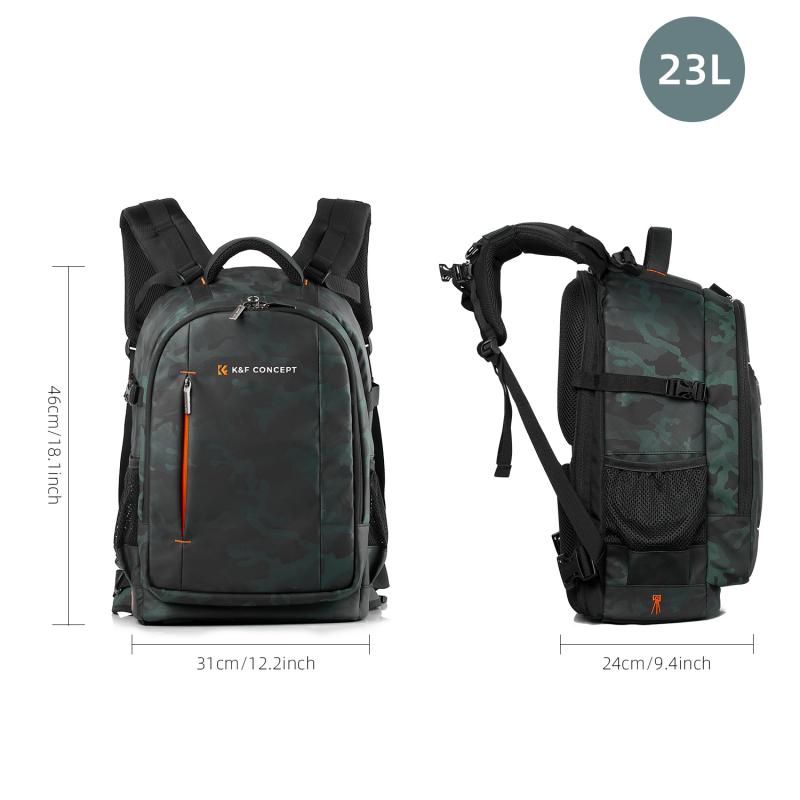




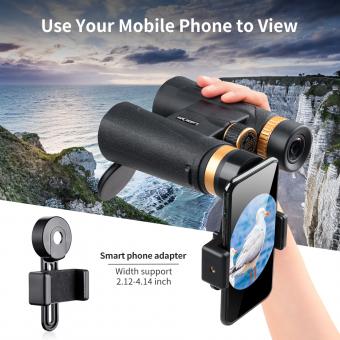

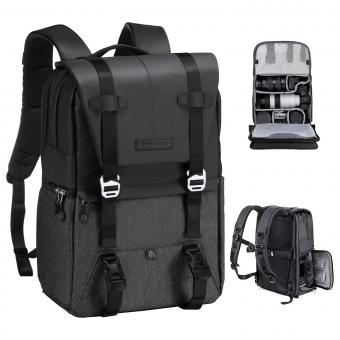
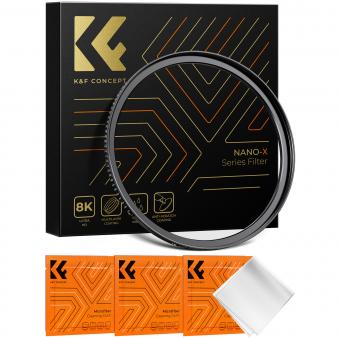


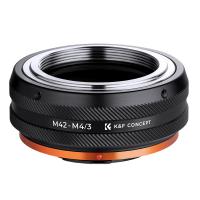

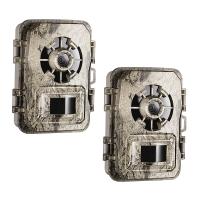
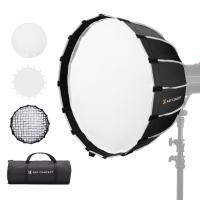
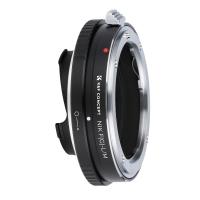

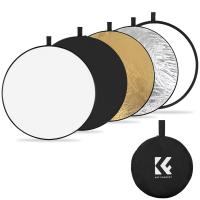
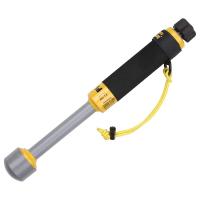


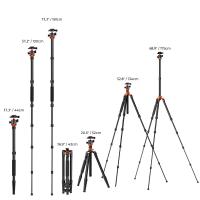
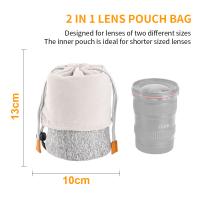

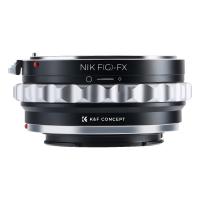

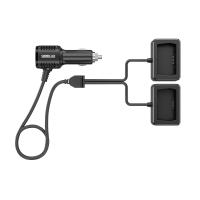

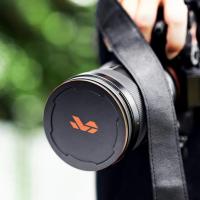

There are no comments for this blog.